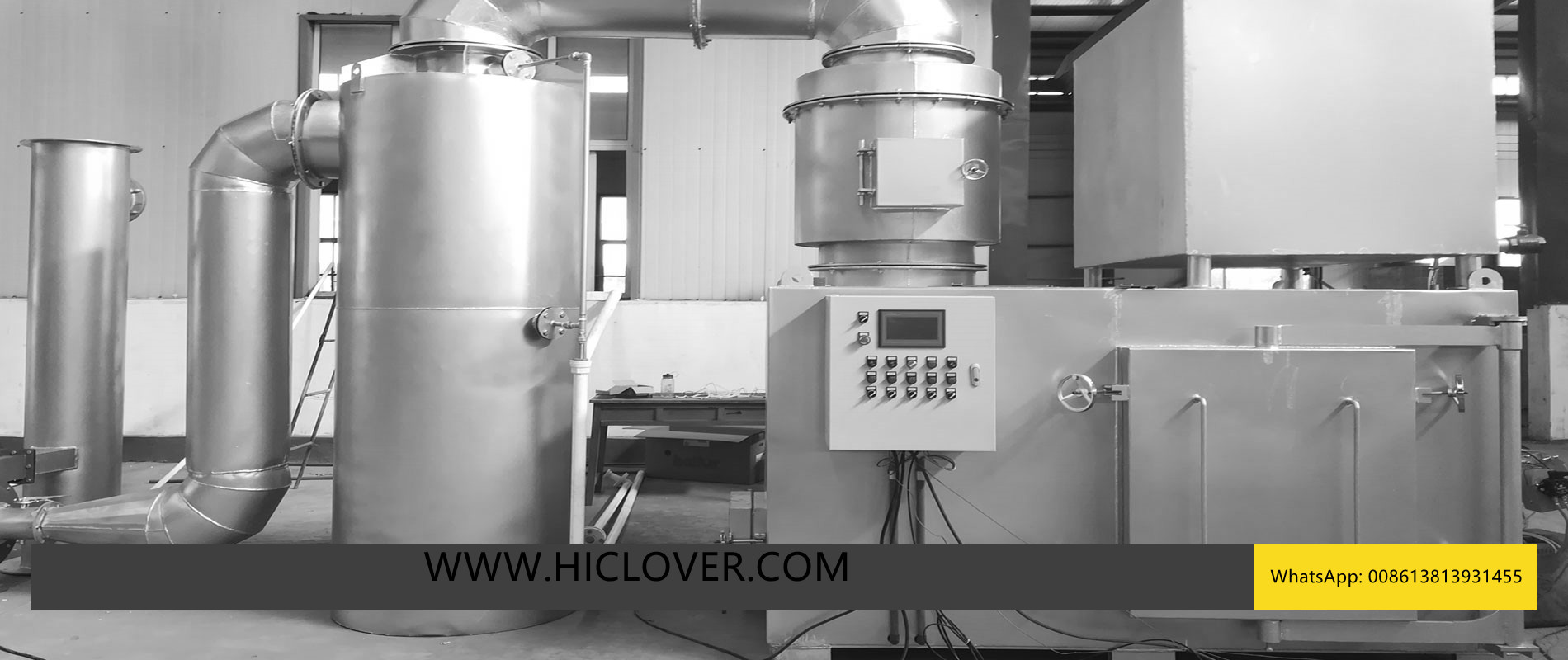WAMBA, Kenya, June 30 (Thomson Reuters Foundation) – Poor weather, security threats and poor roads have made disposing of the Wamba district hospital’s medical waste a challenge.
The closest incinerator is about 200 kilometres (125 miles) off and “travelling wasn’t possible during heavy rains because connecting roads were cut off by floods,” said Stephen Lesrumat, a medic at the hospital.
But today the north-central Kenyan hospital has a solution to its problems, and a means of cutting climate changing emissions and deforestation: A high-efficiency medical waste incinerator that uses just a fifth the fuel of a traditional incinerator.
The wood burner, which takes advantage of strong winds in the region to push the flames, borrows technology from fuel-efficient stoves. It can safely remove waste made by the Wamba hospital and by 22 other health centers in Samburu County, said Lesrumat and Ibrahim Lokomoi, the centre ’s engineer.
“It’s reduced the burden of traveling outside the county to eliminate medical waste,” Lesrumat said, sparing hospitals a potentially dangerous build-up of medical waste during periods when roads are impassible.
During previous flood periods, when hospital waste couldn’t be transported, “I was worried because the waste is toxic,” Lesrumat said. “It could lead to health and environment damage if it accidentally spilled into the community. ”
Run-ins with al Shabaab militants may also be a danger for some healthcare workers in Kenya driving long distances in their own jobs, medics said.
“Northern Kenya is extremely expansive and has numerous challenges that the government struggles to deliver solutions,” said Onyango Okoth the assistant commissioner of Samburu County.
Currently the Wamba incinerator handles between 5 and 20 kilograms of medical waste a day.
As the burner works, a young employee clad in protective clothing flips open the lid of the chamber to monitor the process of incineration.
Seeing the last batch of waste is almost eliminated, he reaches for a cone containing an assortment of used rubber gloves, syringes and polythene waste, pours in some of the waste, mixes it with a forked pole then replaces the lid to allow the incineration to continue.
The Centers for Diseases Control in Kenya estimates that each and every patient admitted in a hospital creates at least 0.5 kilograms of medical waste. The National Environment Management Authority requires every health facility to dispose of medical waste through incineration.
SOLAR INCINERATION?
The next step, Kenyan clean energy experts say, is to start incinerating waste using even more sustainable sources of energy, such as solar power.
“Kenya is investing heavily in alternative energy sources,” said Johnson Kimani of the Kenya Climate Change Working Group. “Solar and biogas should be factored into medical waste incineration if the government is committed to its pledge of achieving a green market. ”
James Lebasha, of the International Medical Corps, which helped assemble the Wamba incinerator, said the burner may be just the first for the region.
“We expect to build more units in morthern Kenya to enable communities access this support,” he said. (Reporting by Kagondu Njagi; editing by Laurie Goering:Please credit the Thomson Reuters Foundation, the charitable arm of Thomson Reuters, that covers humanitarian news, climate change, girls ’s rights, trafficking and corruption.
from: http://www.reuters.com/article/2015/06/30/kenya-medical-energy-idUSL8N0ZG1M220150630


